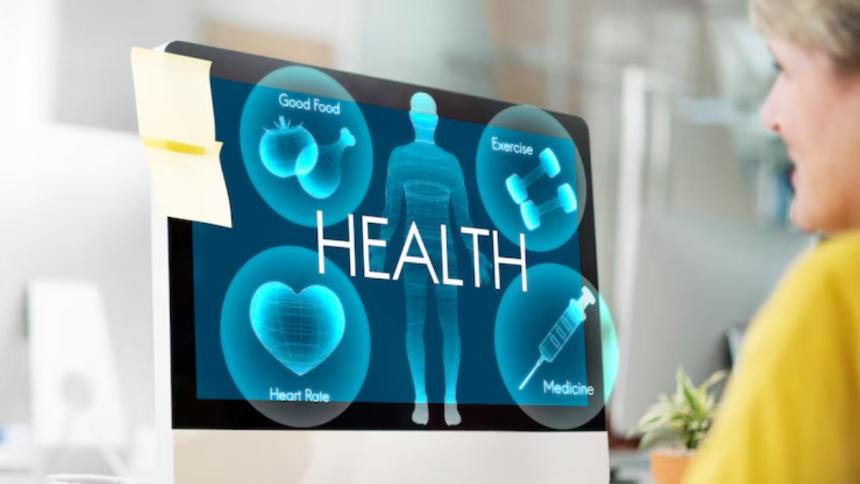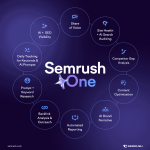Modern work has evolved beyond cubicles and clock-ins—so has workplace wellness. As office environments become increasingly digital and desk-bound, professionals face a new set of physical challenges. Fortunately, innovative health technologies are redefining how we manage pain, improve focus, and protect our long-term well-being.
Rethinking Wellness in the Digital Office Era
Regardless of whether you are working in a corporate office or remotely from a home office, physical stress seems to come with the territory nowadays. In particular, long hours of desk work, the repetitive motion of computer work, and lack of movement from in-person meetings or a bit of walking between tasks can create tightness in the neck, lower back pain, or fatigue.
As awareness around this reality grows, so does the demand for smarter wellness solutions. Employees want tools that help them stay productive without sacrificing physical comfort. Companies, in turn, are investing in technology that supports daily movement, posture correction, and proactive care.
Smarter Setups, Healthier Habits
Ergonomics isn’t just about posture—it’s about performance. The right tools can actively improve how your body feels during and after work. Enter: health-focused office tech.
Popular innovations include:
- Sit-stand desks with automated height settings
- Chairs with lumbar feedback sensors
- Wearables that vibrate when you slouch or sit too long
These aren’t gadgets for tech lovers—they’re becoming standard in environments that value employee wellness. By reducing pressure on joints and improving circulation, they’re helping professionals prevent the small aches that lead to bigger issues.
Managing Pain with Smarter Tools
One of the most impactful shifts in workplace wellness is the use of digital platforms for pain management. From mobile health apps to virtual consults, employees are using data to make better health decisions in real time.
Take, for example, everyday pain like muscle aches or joint stiffness. Digital tools now allow users to log symptoms, track triggers, and explore treatment options—all in one place. This includes understanding when to use topical relief, rest, or over-the-counter medication.
When comparing common anti-inflammatories, a side-by-side view like this resource on aleve vs advil gives users a quick breakdown of what might work best for their needs. It’s not about guessing anymore—it’s about informed, personalized choices.
Tackling Neck Pain Before It Slows You Down
Among the most common tech-related complaints in the office? Neck and upper shoulder tension. Whether from a poorly positioned monitor or constant phone use, neck pain can be both distracting and debilitating.
Fortunately, not all solutions call for complicated interventions. Today’s workforce is combining simple physical strategies—stretching, cold therapy, ergonomic adjustments—with wearables and digital coaching with respect to posture.
For those who want to relieve their tension quickly and effectively, real-world tips like these as demonstrated in this guide, and in this example of how to cure neck pain fast, can be used during working hours with little disruption. These simple interventions—when combined with smart habits and appropriate tools—can provide a strong basis for a daily address of that pain.
Proactive Wellness: The New Standard
The future of workplace wellness isn’t reactive—it’s preventative. Instead of waiting for pain to appear, professionals are using technology to stop it before it starts.
Key trends in proactive office health include:
- Wellness dashboards that track daily movement
- AI-powered reminders to stretch or adjust posture
- Virtual wellness programs offering ergonomic training and challenges
These innovations will help employees stay ahead of discomfort and offer a way to make health a part of the workflow instead of an interruption. Over time, this thought process would lead to fewer sick days, more focused work, and increased long term satisfaction at work.
Conclusion: Wellness Powered by Innovation
The health tech revolution represents more than a fad, but a profound shift in the way we care for ourselves at work. Professionals are using smart tools and health measurements and data so they may re-think their approach to discomfort, stress, and recovery today.
It could be adjusting your workplace, learning to read and understand your body’s signals, or finding quick relief from the tension of a working day. Technology is helping turn office pain into performance power!
Lynn Martelli is an editor at Readability. She received her MFA in Creative Writing from Antioch University and has worked as an editor for over 10 years. Lynn has edited a wide variety of books, including fiction, non-fiction, memoirs, and more. In her free time, Lynn enjoys reading, writing, and spending time with her family and friends.















